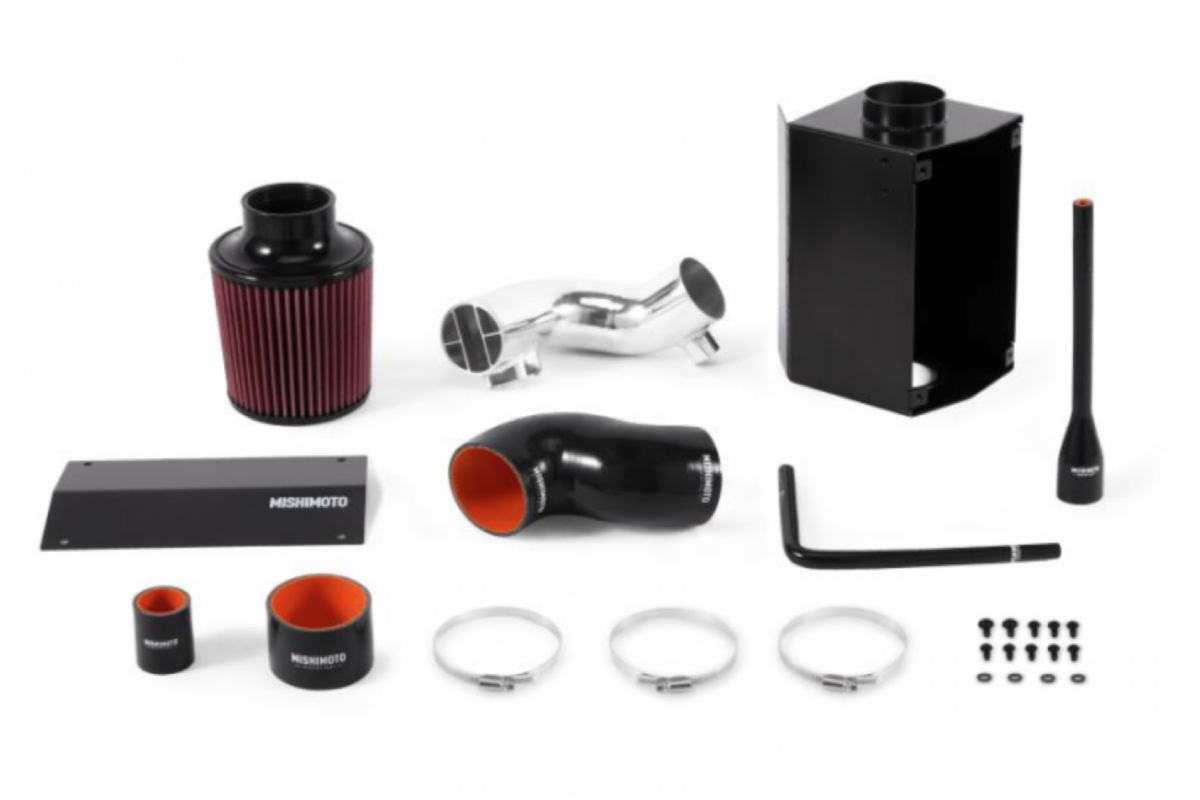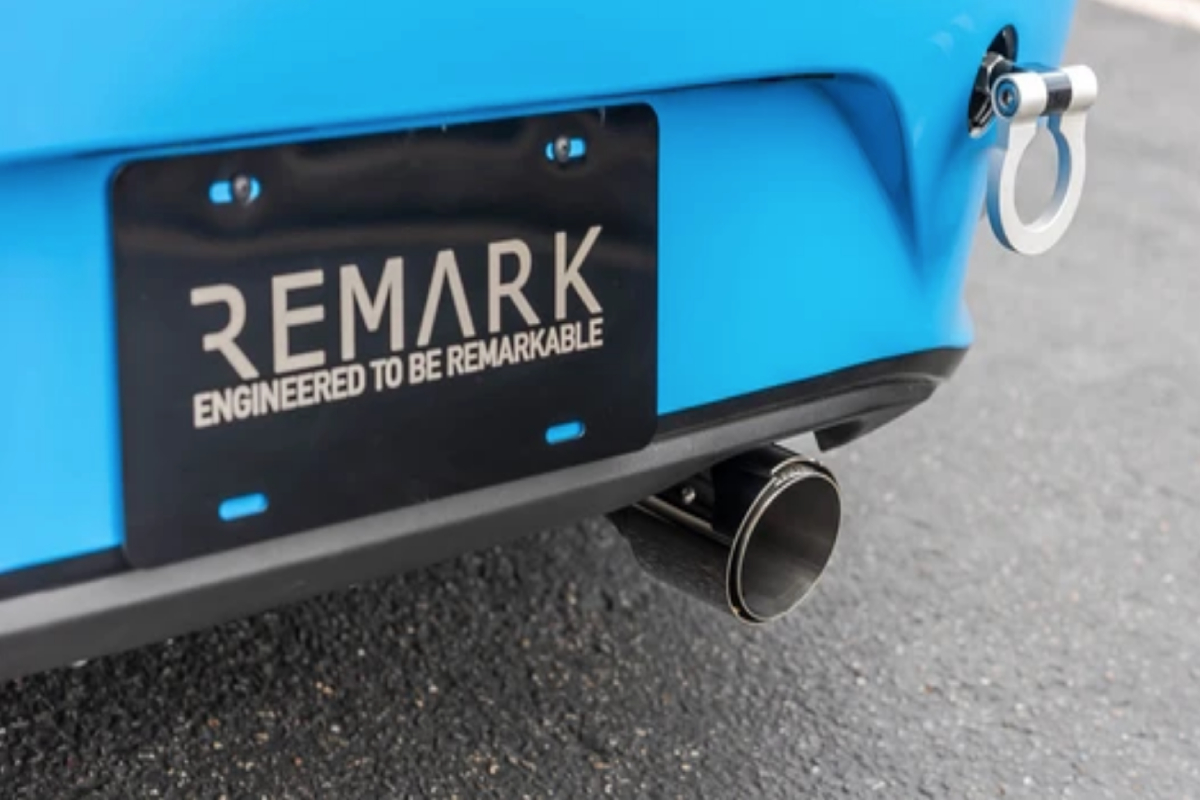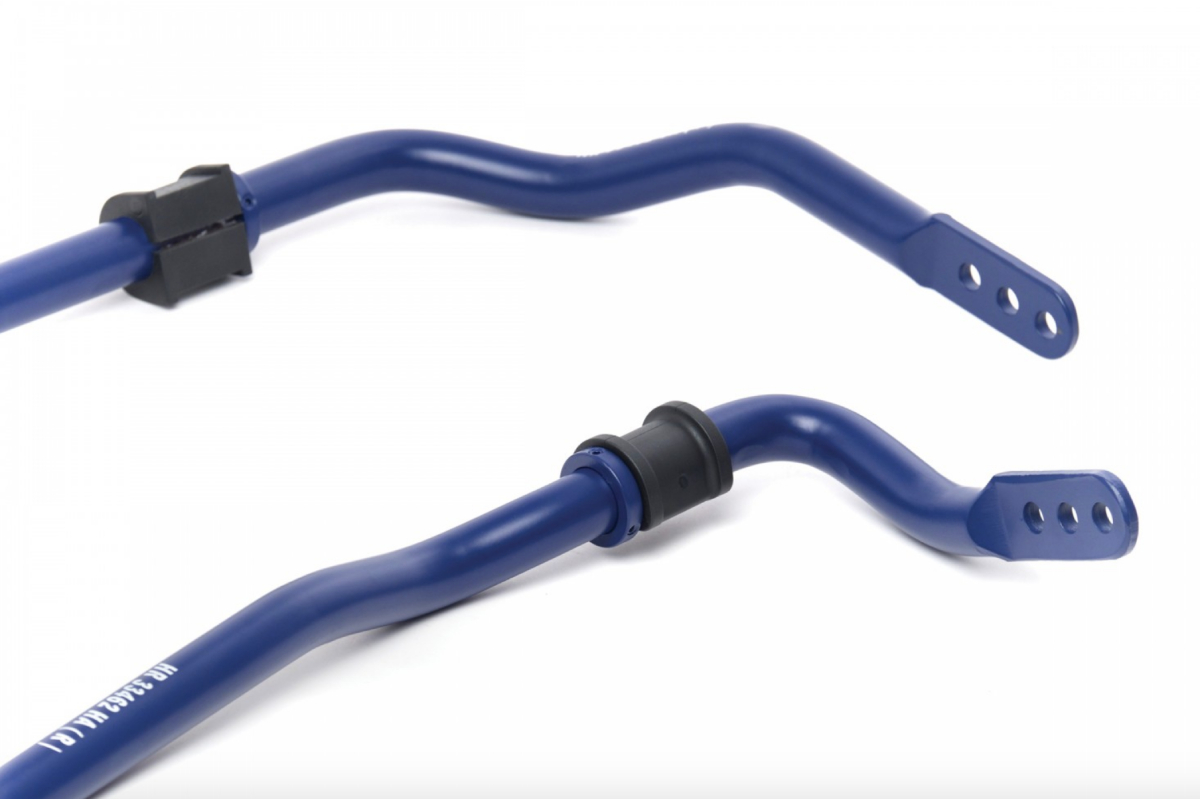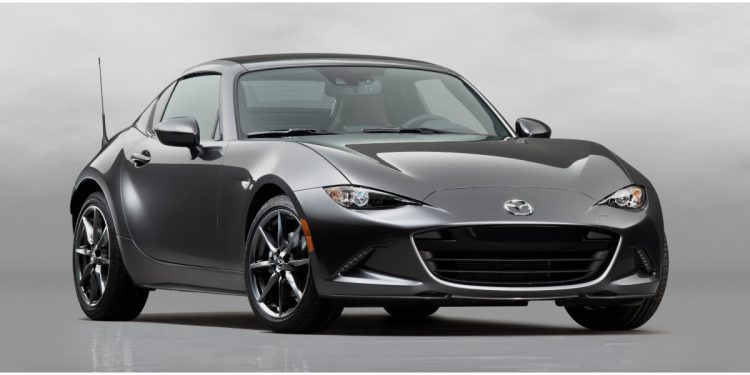The Mazda MX-5 Miata has undergone three full redesigns over a span of 30 years. Even so, the Miata has not changed much, spiritually, since its initial debut as the 1989 Chicago Auto Show. The nimble roadster remains a small, lightweight, and affordable rear-wheel-drive, two-seater sports car. Over its four generations, the MX-5 Miata has remained true to its roots and engaging open-air driving style making it one of the best-selling roadsters of all time.
The first-gen Miata (Model NA 1989-1997) boasted short direct shifts that made gear changing a breeze and signature rounded taillights. The second-gen Miata (Model NB 1998-2004) had a soft top with a glass rear window, new headlights that replaced the heavy pop-up ones, and increased engine power. The third-gen Miata (Model NC 2005-2014) introduced steering wheel controls for a more premium feel in addition to a retractable hardtop being offered for the first time.
The fourth-gen of the Miata (Model ND 2015-Present) took a sharp turn in its redesign while maintaining details like its signature rounded headlights to keep its heritage intact. The ND model had its curb rate reduced by 148 pounds or more. In 2017, Mazda released the MX-5 Miata RF which introduced a retractable fastback roof that boasted the same great driving dynamics as the traditional soft top.
The Mazda Miata is, arguably, one of the most fun vehicles to drive and a popular one to modify as well. The aftermarket offers an extensive range of options for the MX-5 to take it to the next level ranging from aesthetic parts to suspension components and performance systems. With so many choices out there, choosing between all of the products out there can be a daunting task. That is why we have compiled the list below, breaking down the top five best modifications for your roadster to improve its handling, performance, and appearance.
#1 Cold Air Intake

One of the most common places to start when modifying any car is with a cold air intake. Replacing the factory’s restrictive air intake with an upgraded system is one of the least expensive ways to experience some power gains. While CAI systems will not add nearly as much power as other engine mods on the market, they do deliver a number of advantages that are a great bang for the buck. These include an improvement in airflow, lower air temperatures, a boost in acceleration response, and better fuel economy. By letting your engine breathe better and suck in cooler air, you are simultaneously freeing up some power (varies by system).
The increase in airflow will allow your Miata to breathe more freely and, consequently, add more torque and horsepower. Power gains typically start in the midrange of the powerband and steadily move up across the power curve. Throttle response and increased acceleration are much improved and immediately felt after installing an air induction system. The less restrictive system along with its large-diameter inlet tube will have your Miata’s engine respond quicker to throttle inputs while delivering a nice “roar” under full-throttle acceleration. That being said, a cold air intake not only delivers performance benefits, but it also emits a satisfying throat growl to make your Miata sound more like a sports car. At steady cruising speeds, however, the sound remains more moderate and blends in with the usual road noise.
While it may seem like a minor modification, a cold air intake systems really make quite a difference when you calculate what you get for the value. It also enhances the look of your engine bay if you are a car show goer. Another advantage is that several cold air intakes out there can run up to 100,000 miles before requiring filter servicing. What’s more, most of the filters only need to be cleaned every once in a blue moon, depending on your driving habits. In short, there are really no downsides to upgrading your Miata’s intake system and it’s a great way to start once you get that mod bug in you.
#2 Exhaust System

After upgrading your Mazda MX-5’s intake system, a good step to follow is upgrading its exhaust system. Factory exhaust systems can be quite heavy, so replacing it with a lighter aftermarket system boasts obvious benefits such as more power and reduced weight that leads to a better power-to-weight ratio overall. Your Miata’s exhaust system is a crucial part that improves overall performance, increases fuel efficiency, keeps exhaust fumes at bay, and controls the level of noise both in and out of the car.
Let your Miata breathe and unleash some potential power in its engine with an aftermarket performance exhaust system. How? By improving your vehicle’s performance with fewer restrictions, you are simultaneously helping it discover new horsepower and torque gains as well as an attractive exhaust note that ties it all together. A quality exhaust system will make your Miata sound incredible, look the part, and act it too. To put it simply, a performance exhaust can free up some of the power in your MX-5’s engine by allowing the gases to escape more easily. As the exhaust flows better, the fuel and air exit the combustion chamber quicker, and new fuel and air can be burned to create additional power.
The aftermarket is options-galore when it comes to finding a new exhaust for your vehicle. Stainless vs. aluminized and axle-back vs. catback. An axle-back system works by replacing just the mufflers, while a catback system replaces your exhaust from the catalytic converters back, including the mufflers. You can also choose a header-back, which replaces all of the stock components for the most benefits. The choice is up to you and what you want from your car. There are also a plethora of individual components and bolt-ons on the market that include headers, gaskets, heat shields, mid-pipes, mufflers, Y-pipes, and more!
#3 Coilovers

The Mazda Miata is well known for being nimble and a joy to handle. Even so, there is always room for improvement in the handling department for an even better driving experience. That being said, the aftermarket houses a plethora of mods that come into play here, such as suspension upgrades. Installing coilovers on the Miata is popular among enthusiasts for several reasons. This is because coilovers offer the best bang for your buck when it comes to mods that make a difference. Coilovers allow for maximum flexibility when it comes to adjusting the height of your car, while also delivering a more controlled ride and more aggressive stance.
There are a number of options out there for coilover kits with sporty yet comfortable spring and damper traits that are great for both daily driving and more spirited driving too. When done right, coilovers not only improve your car’s appearance with a lower ride height, but they also lower its center of mass to handle better and corner flatter. While there are a number of affordable kits out there on the market, spending just a little bit more can get you better quality coilovers that deliver higher comfort levels.
Purchasing coilovers that are designed for street driving means you’ll get coilovers that boast better spring rates and valving too. If you are interested in taking your Miata to the track, you will probably want to invest in competition coilovers that offer more adjustability and slighter higher spring rates. Competition coilovers will show up to the track and treat you well, while also providing you with a comfortable ride on the street for daily driving.
#4 Sway Bars

The Mazda Miata is built to glide around corners with ease and speed. While the handling capabilities of the Miata are pretty impressive, upgrading some suspension components can take it to the next level. One of the simplest and most economical ways to noticeably improve the handling of your MX-5 is by upgrading your sway bar set. A new sway bar will reduce the body roll on your Miata without increasing ride harshness. At the same time, it will help to increase traction and improve weight transfer when maneuvering. Your ride quality will remain unchanged if both sides of the suspension are moving at the same speed. When cornering, however, your Miata will feel noticeably better especially at high speeds.
If your car is lowered, changing your front and rear sway bars are important to bring back optimal suspension geometry. Sway bars are normally designed as a front and rear matched set for your specific vehicle application. While you can certainly just change either the front or rear bars, it can upset the prior balance of your Miata. Virtually all Mazda vehicles have light to moderate understeer; this is to avoid oversteer, which many people are not experienced enough to take on safely. So, it is almost always better to upgrade to a Miata sway bar pair that has already been tested together as a matched set.
Let’s move a step back and discuss what sway bars are. Sway bars (or actually anti-sway bars) function to reduce body roll when turning and, thus, increase cornering performance. Their main purpose is to keep your Miata from swaying or leaning more to one side than the other. When your vehicle starts to lean, usually when turning, the sway bar applies force to the suspension on each side (upward on one and downward on the other) to resist the leaning and deliver more control. Installing larger-diameter sway bars on your Miata will increase the general stiffness of the ride – but not by much. For most, the improvement in steering crispness outweighs the minor increase in stiffness.
#5 Lightweight Flywheel

One of the most enjoyable aspects of driving a Miata is the ease with which you are able to race through the gearbox. If you are in the market to replace a worn-out clutch disc, it is the perfect time to consider upgrading to an aluminum flywheel. What is a flywheel? Well, a flywheel provides mass for rotational inertia to keep your Miata’s engine running. A pressure plate assembly bolts to the flywheel and rotates along with it. When the clutch is engaged, the spring force holds the friction disc against the flywheel. Along with the clutch, a flywheel provides a connection for the transfer of power between the engine and transmission and provides a means to interrupt the power flow too.
While a new, lighter flywheel will not provide pure power gains, it will reduce the resistance during acceleration. This allows your engine’s RPMs to rise and fall much faster, thus improving gear selection and shifting speeds. As you move through the gears quicker, you are simultaneously cutting acceleration time. Furthermore, aluminum flywheels are much better at dissipating heat from your clutch, than an iron-cast or steel counterpart. This can greatly enhance your Miata’s clutch performance and longevity, whether it’s an OE-style clutch disc or performance disc.
Performance flywheels are typically lighter versions of the stock one, significantly reducing the inertia required to rotate the flywheel while also slightly lowering the weight of the vehicle itself. This allows the MX-5 engine to utilize its available power more efficiently by delivering an improvement in revving capabilities. In short, a lightweight flywheel will help your Miata regain the power that was being otherwise consumed by the heavier stock flywheel. When combined with the already impressive short-throw Miata transmission, a lightweight flywheel will have you seeking out the nearest twisty road to put it to action.





You are correct in all your recommendations. Kudos